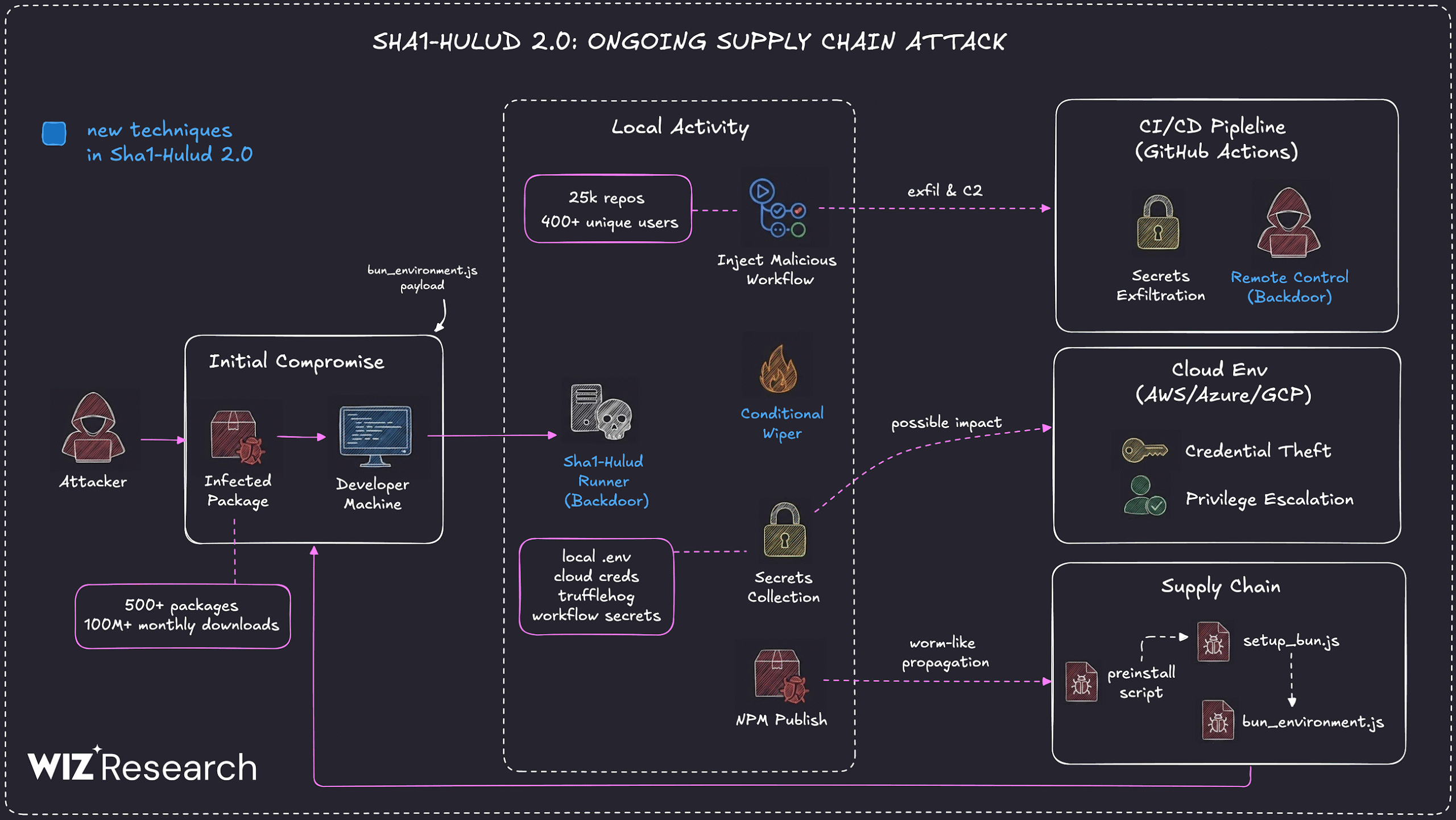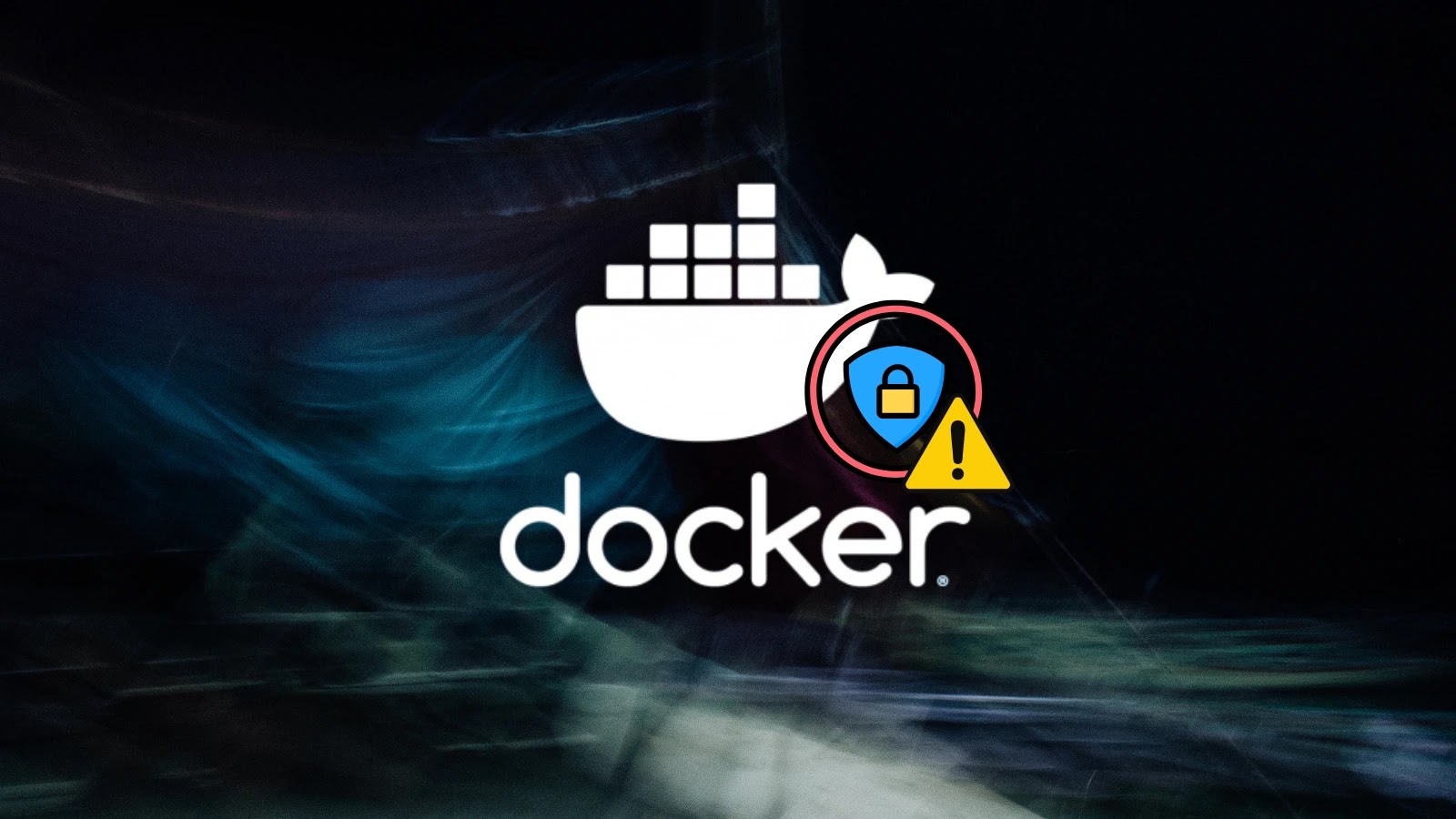In today’s interconnected global economy, supply chains have become increasingly complex and interdependent. This complexity, while beneficial for operational efficiency and market reach, has also introduced significant cybersecurity vulnerabilities. Cybercriminals are exploiting these weaknesses, targeting third-party vendors and leveraging geopolitical developments, such as U.S. tariffs, to disrupt supply chains. Understanding these emerging threats and implementing robust security measures are imperative for businesses aiming to safeguard their operations.
The Rising Threat of Third-Party Vendor Vulnerabilities
Third-party vendors have become a focal point for cyber attackers due to their often less stringent security protocols compared to larger organizations. By infiltrating these vendors, attackers can gain access to multiple organizations, amplifying the impact of a single breach.
A notable example is the 2024 ransomware attack on CDK Global, a software provider serving approximately 15,000 car dealerships across North America. The attackers targeted personally identifiable information (PII), including Social Security numbers, bank account details, and credit card data. This breach forced dealerships to revert to manual operations, resulting in significant operational disruptions and financial losses estimated at over $1 billion. ([axios.com](https://www.axios.com/newsletters/axios-codebook-0bcb3890-2f0e-11ef-85f1-e5893484e578?utm_source=openai))
Similarly, a joint study by SecurityScorecard and KPMG revealed that nearly half (45%) of security breaches in the U.S. energy sector were attributed to third-party vendors. The study highlighted that 67% of these breaches involved external software and IT providers, underscoring the critical need for stringent third-party risk management. ([news.clearancejobs.com](https://news.clearancejobs.com/2024/10/29/new-report-reveals-third-party-vendors-as-top-cybersecurity-threat-to-u-s-energy-companies/?utm_source=openai))
Software Supply Chain Attacks: A Growing Concern
Cybercriminals are increasingly targeting software vendors to inject malicious code into trusted applications and updates. In April 2024, hackers uploaded malicious Visual Studio projects to GitHub, manipulating search algorithms to increase visibility. These projects contained malware designed to intercept and alter cryptocurrency wallet addresses copied to the clipboard, redirecting funds to attackers. This incident underscores the importance of scrutinizing software sources and ensuring the integrity of development tools.
The Impact of U.S. Tariffs on Cybersecurity
Geopolitical developments, such as the imposition of U.S. tariffs on foreign goods, have introduced new dynamics into the cybersecurity landscape. While tariffs aim to protect domestic industries, they can also lead to supply chain disruptions, prompting businesses to seek alternative suppliers. This shift can inadvertently expose organizations to new cybersecurity risks, especially if new vendors lack robust security measures.
For instance, the U.S. government’s decision to ban the sale and updates of Kaspersky Lab’s cybersecurity software over concerns of Russian government influence highlights the intersection of trade policies and cybersecurity. Such actions necessitate that businesses remain vigilant and adaptable, ensuring that changes in trade relationships do not compromise their cybersecurity posture. ([axios.com](https://www.axios.com/newsletters/axios-codebook-0bcb3890-2f0e-11ef-85f1-e5893484e578?utm_source=openai))
Strategies for Mitigating Supply Chain Cyber Risks
To navigate the evolving threat landscape, businesses should adopt a comprehensive approach to supply chain cybersecurity:
1. Thorough Vendor Vetting: Before onboarding third-party vendors, conduct rigorous security assessments to ensure they meet established cybersecurity standards.
2. Continuous Monitoring: Implement ongoing monitoring of third-party vendors to detect and address potential vulnerabilities promptly.
3. Employee Training: Educate employees about the risks associated with third-party vendors and the importance of adhering to security protocols.
4. Incident Response Planning: Develop and regularly update incident response plans to address potential breaches originating from third-party vendors.
5. Diversification of Suppliers: To mitigate risks associated with geopolitical developments like tariffs, diversify the supplier base to avoid over-reliance on a single source.
By proactively addressing these areas, businesses can enhance their resilience against supply chain cyber threats and maintain operational continuity in an increasingly complex global environment.



